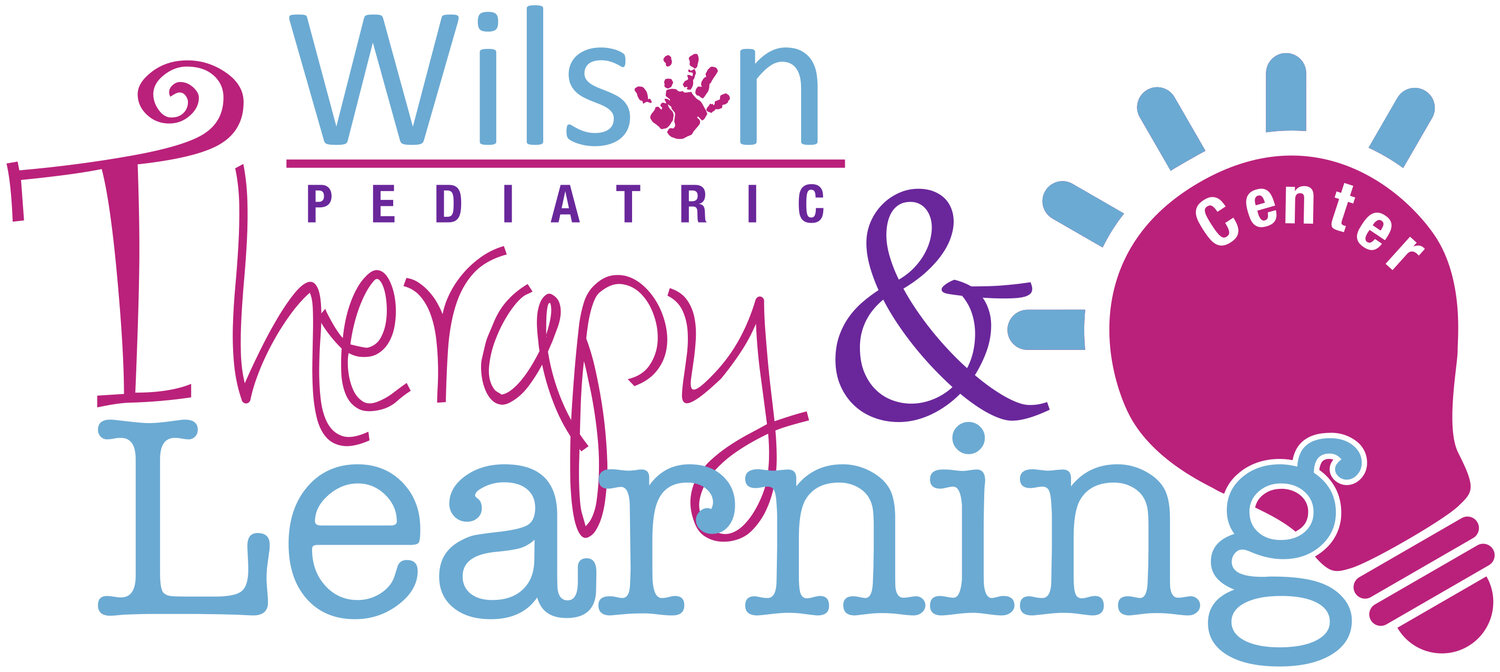What are In-hand Manipulation Skills?
In-hand manipulation is one of the most complex fine motor skills. It involves moving an object within the hand. Usually, this manipulation is used to complete a functional task. A few examples of in-hand manipulation include:
Manipulating a pen or marker to hold effectively for coloring or writing
Adjusting a piece of paper in one hand when using scissors with the opposite hand
Adjusting an eating utensil (fork, spoon, knife) in order to hold appropriately for eating
Moving shoelaces in the hand(s) in order to tie shoes
Moving a coin or small object from the palm to the fingertips
At what age do in-hand manipulation skills develop?
Typically these skills develop between the ages of 2 and 4 years. The first manipulation skill is finger to palm translation, then palm to finger translation, then rotation, and finally shift. By ages 6-7, typically, children are able to manipulate multiple objects within the hand, and they are able to use these skills more purposefully.
Types of manipulation skills
Translation: Allows you to move objects from the tips of the fingers to the palm and from the palm to the tips of the fingers
Rotation:
Simple rotation: Rolling an object between the thumb and fingertips (ex. Using the thumb and fingertips to twist/open a bottle)
Complex rotation: Turning an object end over end (ex. Flipping a spoon over if given the wrong end for use)
Shift: Moving objects between the fingers (separating two pages in a book in order to turn the page)
Activities to improve in-hand manipulation skills:
Improving Translation: Placing coins in a piggy bank, crumple paper using one hand, eat a small snack placed in the palm (like raisins), and have the child move the food to fingertips to eat (all in the same hand)
Improving Rotation: Practice screwing and unscrewing nuts and bolts, opening and closing water bottle with a cap, playing with shape sorter (having to move and rotate the shape in order to fit in the correct space), completing puzzles.
Improving Shift: Turning pages of a book, sorting currency (bills), playing a game that requires sorting through or flipping cards (card matching game, Monopoly, flashcards, etc.), walking fingers up or down a pencil.
For additional questions about in-hand manipulation skills and how to address your child’s specific needs, talk to your child’s occupational therapist.

